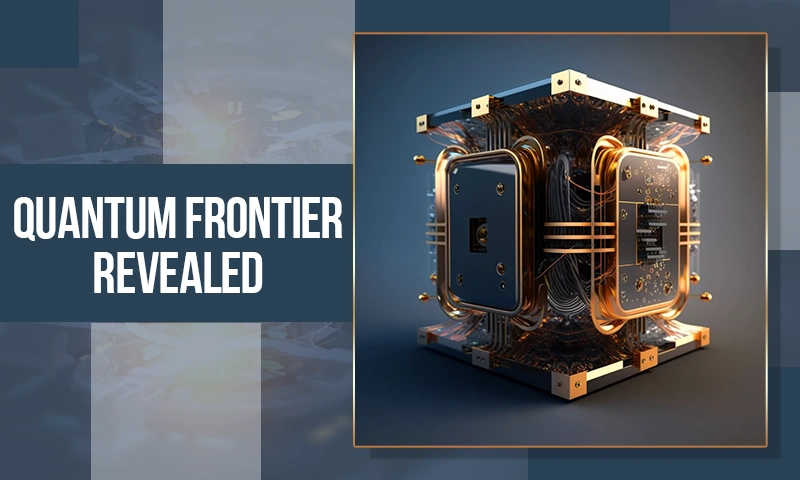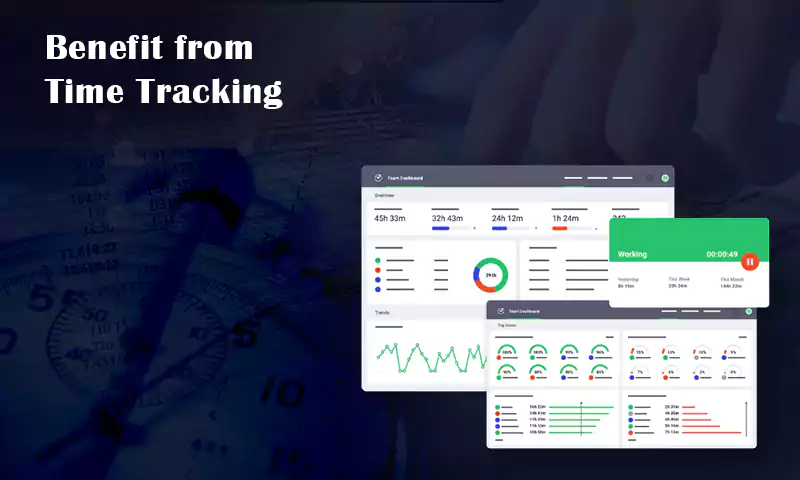Why Do We Need Hyperconverged Infrastructure?
The beginning of the 2010s was marked by the emergence of convergent infrastructures. The term was proposed by Hewlett-Packard. In terminology, Gartner calls this type of infrastructure an integrated system, and Cisco Systems calls it a Unified Computing System (UCS). In any case, this is a ready-made solution from the manufacturer, the purpose of which is to speed up the deployment of the infrastructure from a few months to a few days. Further development of convergent systems has led to hyperconverged infrastructures. Besides simplifying the architecture, in a hyperconverged system, there is a simpler administration model. Instead of a group of IT administrators to manage the data array, virtualization, and server hardware, a hyperconverged system is managed by one team (sometimes one system administrator). In this article, we will try to reveal why you may need to implement HCI and what benefits you will achieve.
A hyperconvergent system is a computing and disk resources, a hypervisor, and management tools combined into one element, with the ability to scale the entire infrastructure by adding similar elements. Hyperconverged systems additionally combine data compression hardware, data backup and recovery tools, replication tools with traffic optimization, and diagnostic and analytics tools based on machine learning algorithms in each element.
How Does a Hyperconvergent System Work?
In a broad sense, hyperconvergence is the combination of computing power, network resources, and storage facilities using standard components as common building blocks. At the same time, the system is not entirely tied to individual physical devices: the functions of the data center are performed by software.
Hyperconvergent systems consist of several physical modules. Each of them contains a computing core, network components, storage resources, and a hypervisor. The system is easily scaled to the required capacity, as the modules are combined into clusters. To scale, it is enough to add a module or its component. Thus, performance will increase due to an increase in the number of modules, rather than increasing memory, disks, or processors.
How Transformation Сhanges Business
The architecture of the hyperconvergent system cloud includes hubs and satellites. Hub is the main, supporting node of the network. Satellite auxiliary nodes are connected to the hubs. Information that is intended to be transmitted from one satellite to another passes through the hub. Hubs and satellites are connected via MPLS and/or DWDM backbone networks.
The cloud hub is distributed across data centers: one-half of it is located in one data center, the second in another, and the transfer of information between these data centers can take a maximum of two milliseconds. Since the hubs themselves are built as disaster-resistant hyperconvergent stretched clusters, both halves of the cloud do not seem to notice a physical distance of several tens of kilometers between them. Satellites do not have such a disaster-resistant architecture, but they are reserved on hubs.
Advantages of Hyperconvergence
Among the evident advantages we can name the following:
- reliable, flexible, consolidated IT infrastructure makes it possible to accelerate innovative developments and time to market by providing unprecedented reliability, flexibility, and scalability;
- ability to centrally manage virtualized environments using a single interface, which reduces time-consuming operations;
- a scalable approach to building infrastructure using structural blocks with the possibility of simple expansion;
- necessary reliability, availability, performance, and capacity while reducing the total cost of ownership of the IT infrastructure and preparing it for future needs;
- accelerated acquisition, deployment, support, and management.
What Operational and Economic Results can the Implementation of Hyperconvergent Infrastructure Bring to the Customer?
First of all, it is one of the tools necessary for the survival of companies in the era of “uberization” of the economy. Users have become even more demanding and spoiled by the convenience and speed of IT services, technologies appear very quickly, and the world is becoming more and more dynamic before our eyes. This is where the main advantages of hyperconvergent infrastructure manifest themselves: it allows you to rebuild data centers much faster at all levels – technical, financial, and managerial. Hyperconvergence reduces the whole complex of complex technical parameters to virtually one thing: the number of available hyperconvergent nodes. Scaling becomes very simple and understandable regardless of the size of the data center, whether it is a small office or a public cloud with thousands of servers. This is the technical transparency of the data center, which gives the transition to a hyperconvergent infrastructure. The consequence of technical transparency is financial transparency. Since the data center is now being built from standard elements-nodes, the price of which is known to the company in advance, if it needs to be expanded, the cost of such a project is determined instantly – both at the technical and managerial level. Rapid decision-making is an important element of “agility”, which we hear about more and more often.
Another advantage of hyperconverged infrastructure is that it requires fewer specialized IT specialists: no separate experts are needed for each part of the infrastructure. One specialization, on hyperconvergent devices, is enough, within which an employee can dive deep into the subject, which, in turn, only improves the quality of infrastructure maintenance.
How Can We Assess the Effect of the Introduction of Hyperconvergent Infrastructure in Quantitative Terms?
When building IT systems to perform comparable tasks, hyperconverged infrastructure allows you to reduce the cost of technical support due to a reduction in the number of devices, as well as the cost of scaling the system, energy consumption, and other indirect costs. The data center area is also very noticeably saved due to the use of compact 4N2U format devices. In addition, hyperconvergent systems often work with the storage subsystem faster than traditional devices, which means that virtual servers can be more densely placed on physical ones. It also reduces both space, power consumption, and the number of supported devices. As for the costs of the initial purchase, the customer’s costs for creating a hyperconvergent infrastructure and the classic one practically do not differ, but after two or three years of operation, significant savings are achieved on the maintenance of the first one, including technical support, the cost of expanding and updating the equipment fleet.
Conclusion
For any company, efficiency and optimization of funds are the main reasons for launching changes, so there is no doubt that the use of a hyperconvergent approach will remain a priority for more than a dozen years, and sooner or later businesses will have to look for ways to eliminate stereotypes and inertia of thinking.
Share
















